
For over a decade, DLG Architects have been designing and delivering celebrated and award-winning build-to-rent developments. This typology now exists across the UK – in urban and suburban contexts – offering the opportunity for high-quality living to an increasing market of renters.
We understand the unique nature of designing to rent. Critical to the long-term investment success of BTR developments are sustainable communities, resident satisfaction leading to high levels of occupancy, and the ability to command good market rents.
To achieve these aims, BTR developments must offer
- Shared spaces, activities and resources
- Efficient yet flexible accommodation
- Innovation
- A sense of home
As the build-to-rent model is centred upon long-term investment, developments must consider value for money for building owners and adopt a longer-range view to energy, resource and carbon use. In turn, the core focus of providing quality shared spaces for residents, whilst delivering efficient private accommodation, can in turn improve energy efficiency in operation whilst offering valuable extra space – an extension of the traditional ‘home’.
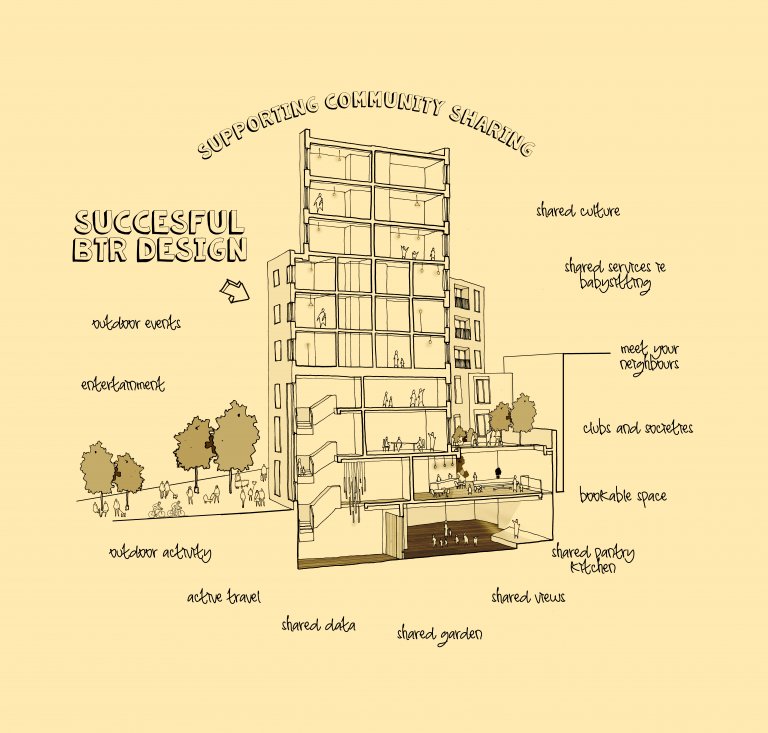
SHARED SPACE | AN EXTENSION OF 'HOME'
Successful BTR developments offer residents good-quality, efficient private space alongside shared, communal spaces. These shared realms – including lounges, ‘work from home’ co-working suites, activity spaces and shared gardens and terraces – all expand the sense of home beyond your own front door, often alongside commercial spaces to support the new community. In so doing, development can be more space-efficient, viable and less-resource intensive, lessening underused space within the home in favour of extensive, well-used space outside it.
Through offering these spaces, BTR provides opportunities to meet your neighbours, to host and entertain, to participate in group activities – all of which play a powerful role in building long-lasting, sustainable and happy communities.
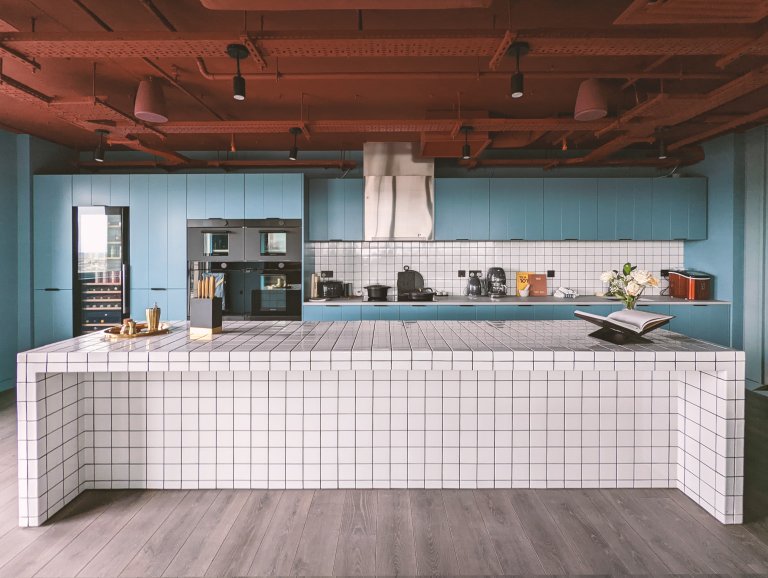
__PUBLIC REALM
The best BTR developments will recognise the value of high-quality public realm. In the case of Kirkstall Forge, an exciting opportunity exists to enhance the woodland setting, ensuring that the landscaped settings for new residential blocks contribute to the local biodiversity and ecology.
Well-designed open public spaces can contribute better health, integrated communities and enhanced public safety. Visible entrances and views to nature go hand-in-hand with passive surveillance and safety, in addition to encouraging outdoor activity, footfall to commercial units and the opportunity for outdoor events and wider community integration.
__A WARM WELCOME
In BTR developments, the feeling of home should start the moment a resident walks through the main door. The entrance ‘lounge’ often includes places to meet and relax, post and parcel collections, a concierge desk or acts as a gateway to other resident spaces. Furnishings in these spaces should be comfortable and welcoming, whilst being secure and visible.
__SHARED AMENITY
Shared spaces within BTR can offer capacity for a range of uses, to be enjoyed in a private, semi-private or public way. Spaces for hosting private functions, communal dining, physical activity such as exercise classes or a gym, adult learning, games and residential community events such as quizzes, film nights and escape rooms are all popular in BTR developments – and do not necessarily need individual spaces for each.
Intelligent space-planning and consideration of adjacencies can ensure that rooms and zones can be used in a flexible and responsive way. For example, a room could be used for an 8am yoga class, a midday Spanish class, a games lounge throughout the afternoon and an evening wine & beer tasting – all in the same space.
Dedicated and specialist spaces – such as communal kitchens or gym facilities – can be planned to maximise use and accessibility.
By integrating space-use with the BTR-operator’s resident satisfaction strategy, technology can be used to book, hire and sign-up to events – encouraging engagement and participation in community activities.
__OUTDOOR SPACE
Shared gardens and communal terraces are an important extension to the home, and, like with the internal amenity spaces, can host a range of functions and activities whilst playing an important role in occupant wellbeing.
We are exploring and delivering rooftop allotments and kitchen gardens, barbeque and events spaces, outdoor exercise space and equipment and simple places to meet and relax outside. Movable furniture such as planters can subdivide larger spaces, allowing multiple uses at once.

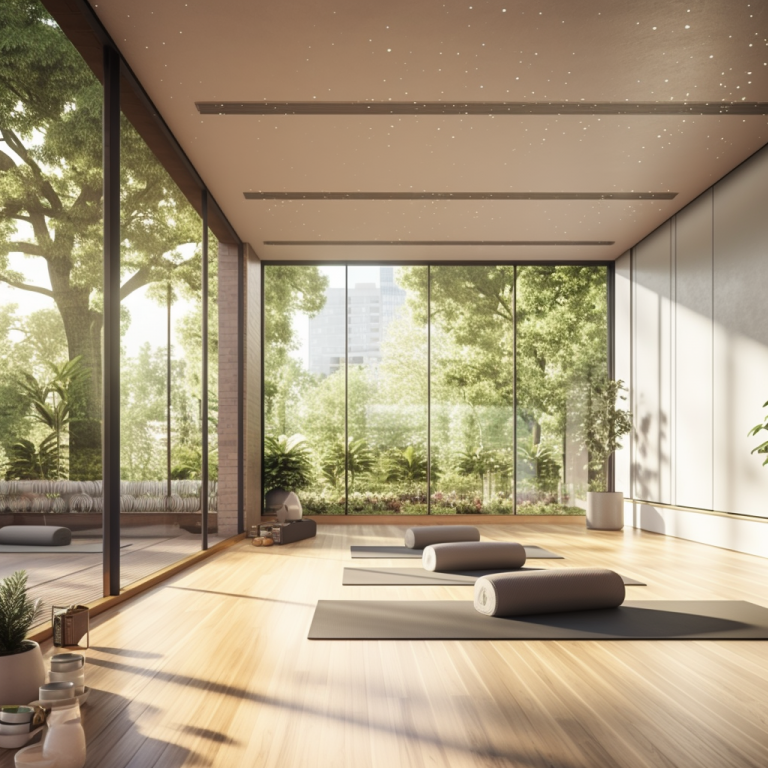

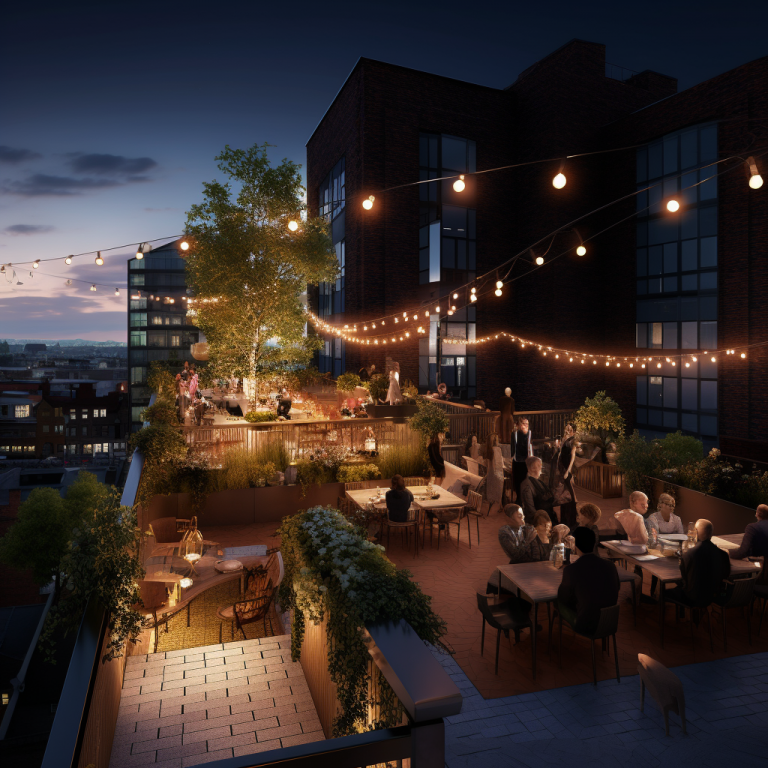
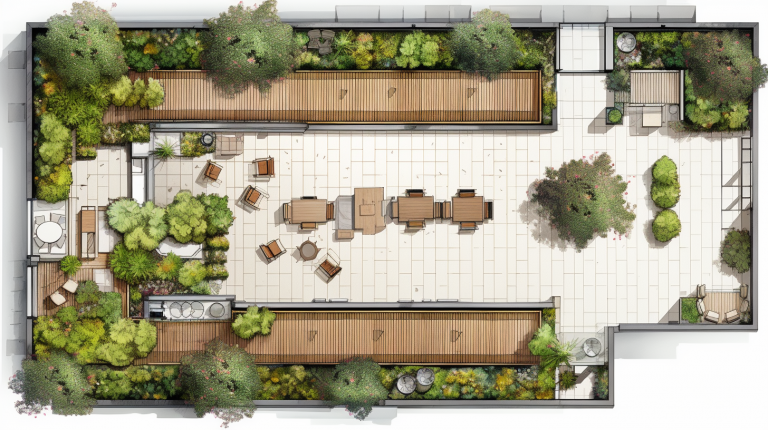
DESIGN FOR LIVING
Successful BTR developments maximise efficiency by delivering well-planned, economical private living spaces and generous, multifunctional shared space.
Across our BTR portfolio, we are delivering creatively-planned apartments that provide spaces to live, work from home and relax within compact footprints. A key feature is achieving equality between professional sharers, by providing private bathrooms or ensuites and equitable bedroom sizes.
Storage and space to work are in increasing demand, and our projects integrate these needs into apartment planning
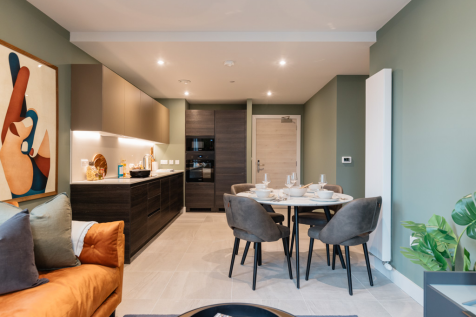
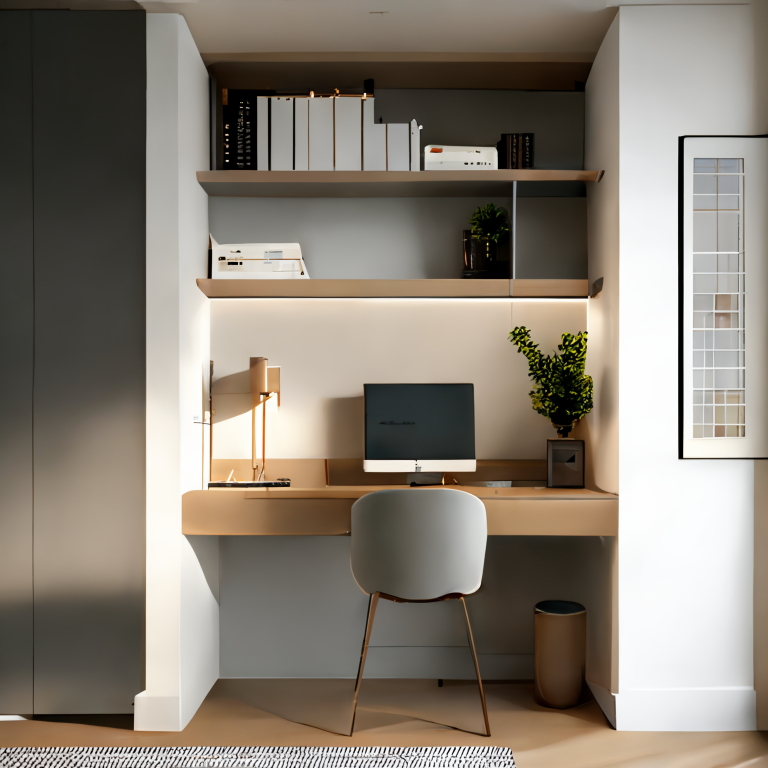
INNOVATION THROUGH DESIGN
What sets good BTR apart is the capacity to innovate. Just as the sector disrupted the residential market, so has it led the way on creative use of technology and innovative new approaches to enhance and support residents’ experience.
We are called upon by clients to demonstrate design innovation, to meet client and investor requirements. We apply our own ‘design innovation’ standards, considering energy performance, carbon usage, occupant wellness, design for re-use and future adaptability.
We understand how embedded technologies will be used in practice. Our project Moda New York Square allows residents to control the internal environments in apartments, book events and sign up to activities. In turn, integrated sensors provide real-time data to the Operator, allowing conditions to be optimised for both occupant wellness and economical use of energy.
On our project LUV, a 5-tower masterplan, we have introduced facilities that both support and encourage active travel. Cyclists are encouraged to cycle through the public realm, not diverted along the access road, and are brought from the central park down to the secure cycle stores via dedicated cycle lifts. The ‘cyclists hub’ will provide maintenance and repair facilities, and cycles for hire.
We are confident working with modern methods of construction and believe that efficiencies can be brought to BTR design through such approaches. On all our BTR projects we are working with factory-manufactured pod bathrooms, and on other projects are working with solutions such as pre-cast panelised façade systems and CLT structures.
__OCCUPANT WELLBEING IN DEISGN
Occupant wellness is a key focus. Buildings and our built environment contribute hugely to our physical and mental health; at DLG, we believe designing well is key and makes good business sense. We are a Fitwel ambassador – the world’s leading accreditor of healthy buildings – and experienced in supporting clients gain Fitwell or WELL Building status.
However, we believe the principles of healthy design can and should be applied to all projects, irrespective of certification being sought – and it is this approach which adds value to our BTR and residential-led schemes.
We are enthusiastic in supporting clients to achieve their wellbeing aims. We will establish an action plan – bespoke to each project – to ensure wellbeing is considered from the outset, and that certification milestones (if desired) align with other project workflows such as planning, tender and practical completion.
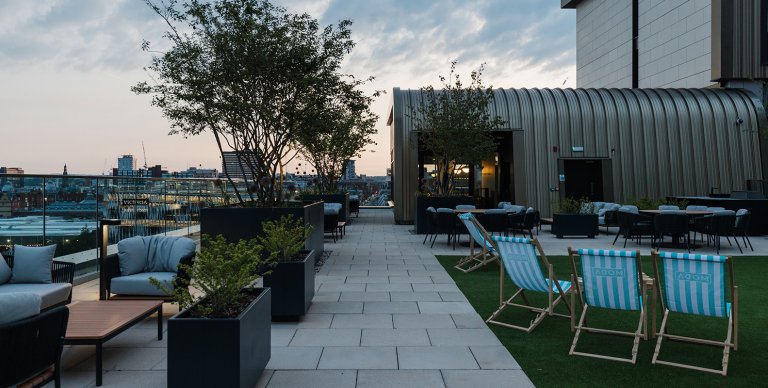
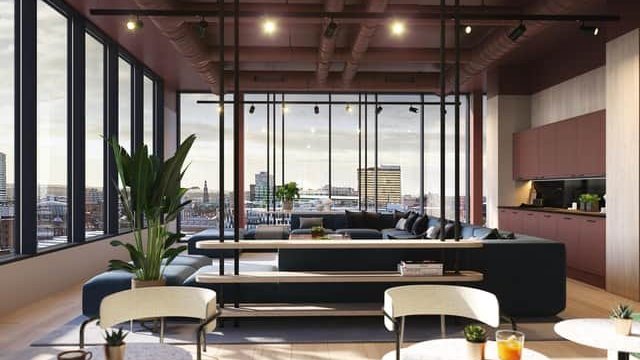
DESIGNED TO LAST
BTR architecture should stand the test of time.
We design spaces for the future, and consider future re-purposing where necessary. We want to deliver spaces that can adapt to the changing way we live and the ever-evolving build-to-rent landscape.
Good architecture will eschew trends and fashions, be adaptable yet lasting. Build to rent is here to stay – and the architecture that supports it must be too. Established elements of design – the traditional shop front, the rigour of a residential elevation – are to be celebrated and reimagined from project to project.
We work with traditional materials – brick, stone – whilst weaving in modern cladding and detailing, to deliver contemporary design. We take inspiration from the environment we are working in, ensuring the prevailing design language is in keeping, contextual and built to last.
